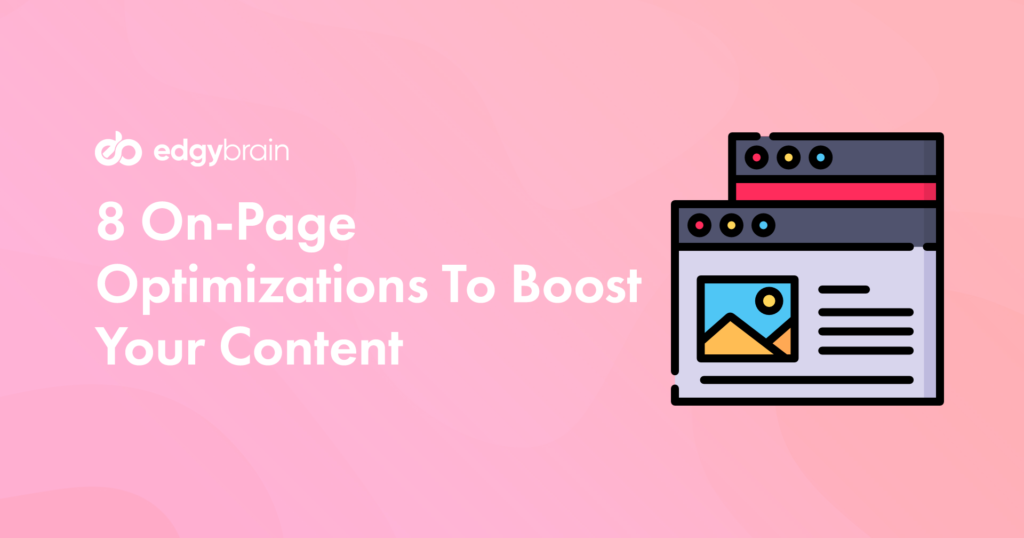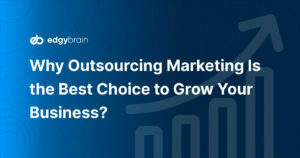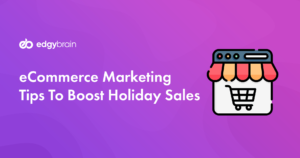Digital Marketing
8 On-Page Optimizations To Boost Your Content
Table of Contents
What Is On-Page SEO & Why Does It Matter?
One of the best ways to optimize a website for organic SEO is well-formed page content.
On-page optimizations allow us to categorize actions on a webpage to improve its organic search performance. To improve your site’s visibility in search engines, you can use on-page SEO to do various specific and unique actions. On-page optimizations can be described as optimizing title tags and meta descriptions, HTML heading tags (H1 to H6), schema markup, or optimizing images. It also includes optimizing the actual content on the page.
Google and other search engines use on-page SEO to understand content found on websites. Use titles, descriptions, and header tags. SEO is crucial for helping search engines understand your content’s context.
On-Page Optimizations Tips for Success
These tips will help you improve your SEO skills on the web.
1. Keyword Research
Although keyword research may differ from other items, it is still crucial for on-page optimizations. Keyword research is essential for influencing the content you create and the HTML elements of the page. Keyword research is necessary for creating high-quality content that is search-friendly.
2. Create quality content
This is a standard SEO tip that we all know. Content from an author is the best content for on-page optimizations. Expert is available in the space authoritative and trustworthy (EAT). You should create content that answers searchers’ questions. Cite your sources and link to other relevant web pages.
3. Optimize Title Tags
Title tags are HTML elements that explain to search engines and people what the page is about. They also help search engines to understand the content of the page. They help search engines understand what your page is about, which allows them to choose the best result for their query. Make sure your title tag is keyword-rich but also conveys the purpose of the webpage.
4. Header Tags
Another HTML element, header tags, helps users and search engines identify the web page’s topic. They also provide a clear structure that the reader can follow. The header tags (H1, H2 ….H6) must be keyword rich and explain the next section.

5. Meta Descriptions
Meta descriptions are tiny snippets of text that appear in search engine results pages (SERPs). They serve as a summary of the page, so readers can see the contents and whether it will answer their questions. Meta descriptions can have an impact on click-through rates (CTRs), so ensure they are accurate.

6. Image Optimization
Optimizing the images on your webpage is another piece of this puzzle. Image optimizations can help your content appear in image searches, but they can also help your page load faster and provide a better user experience. Including image alt text is an important piece that is often overlooked. If you are trying to get the most of your content, check out how to write image alt text that is impactful.
7. Include A Call-to-Action (CTA)
CTAs are not necessarily a requirement of an optimized page, but if you are looking to engage users, build an email list, get more subscribers, share your content, etc., it is a crucial part of the page.
8. Content Audits
You may find that your content is not performing as well as you’d like. Maybe it isn’t ranking for your target search terms? Perhaps it isn’t driving any new leads? Either way, auditing content you have previously created to include better keywords or more impactful header tags and even the structure of your page (lists, bullets, etc.) can help you significantly improve your content.





 Edgy Brain
Edgy Brain

